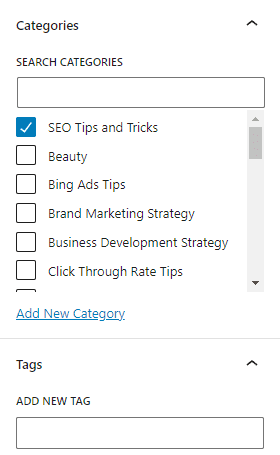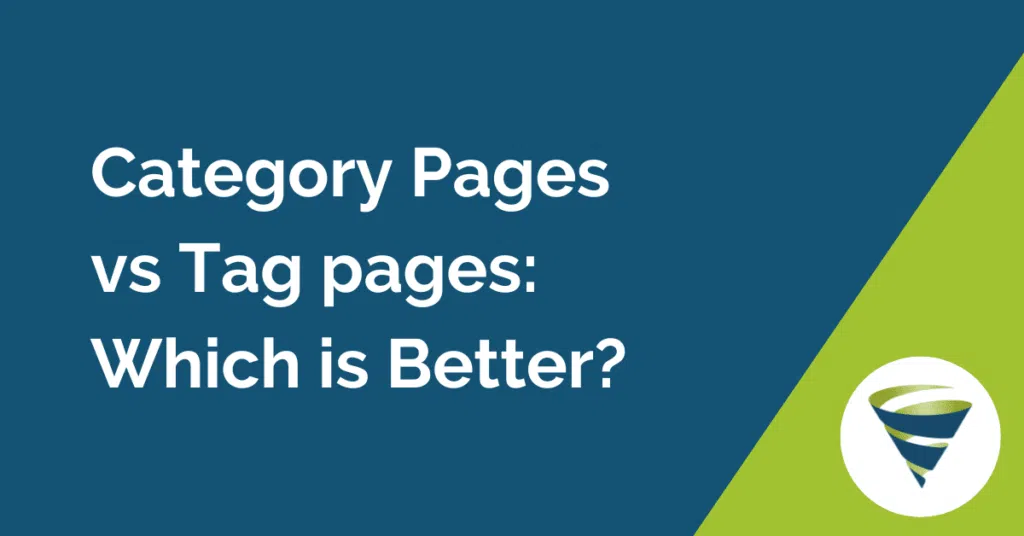This post is part of The Complete Guide to WordPress Technical SEO. Also in this series:
- Category Pages vs Tag pages: WordPress Technical SEO
- 10 Recommended WordPress SEO Plugins
- How to Fix Redirect Chains and Loops in WordPress
- 5 Great WordPress XML Sitemap Generators To Use
- How to update robots.txt in WordPress
- 35 WordPress Tools and Resources to Improve Page Speed
- How to Increase WordPress Image Speed
When it comes to organising content on a website, two common methods are using category pages and tag pages. These have been favourable solutions by web owners throughout the year and have now become an expected aspect of a website by both users and search engines.
Both category pages and tag pages have their advantages and disadvantages when it comes to SEO (search engine optimisation). Therefore, it’s critical to understand the differences between the two and choose the one that best fits your website’s needs. In this blog, we’ll be putting both in the boxing ring against each other — category pages vs. tag pages. With this, you’ll be able to better understand what they do and which is best for your website.
What are category pages?
Category pages are used to group similar content. For example, if you have a blog about different types of recipes, you might have categories for “breakfast,” “lunch,” “dinner,” and “desserts.” This makes it easy for users to find content that interests them, and it also helps search engines understand the structure and organization of your website.
From an SEO perspective, category pages are generally considered better for search engines. This is because they help search engines understand the main topics of your website, and they also provide a clear hierarchy for the content on your site. Additionally, with the use of proper internal linking, category pages can also help with overall site authority and ranking.
How do you add categories or tags in WordPress?
Categories and tags can be created when editing a post. These can be found on the right-hand side under ‘Document’ settings.

Pro tip: you can also go to Posts > Categories and Posts > Tags to add new categories and tags.
What are tag pages?
Tag pages, on the other hand, are used to add additional labels or keywords to a piece of content. For example, you might tag a recipe for “chicken” and “pasta” if it includes both of those ingredients. This can help users find related content, but it can also create a lot of duplicate content if the same tag is used on multiple pages.
Therefore, they can be viewed as a less effective way of organizing content. This is because they often result in a lot of thin or duplicate content, which can negatively impact your website’s SEO. Additionally, tags don’t provide as much context as categories, so search engines may have a harder time understanding the relevance of a tag page.
In conclusion, while both category pages and tag pages have their advantages and disadvantages, category pages are generally considered better for SEO. However, many refute the actual impact they have on SEO and claim that it’s best to utilise whichever works best for your website. Tags provide a clear structure for your website, and they make it easier for search engines to understand the main topics of your site. If you do decide to use tags, it’s important to use them in moderation and to make sure that they don’t result in thin or duplicate content.
If you need help managing your category or tag pages, or if you simply need help getting started, it’s a great idea to consult an expert WordPress SEO agency!







